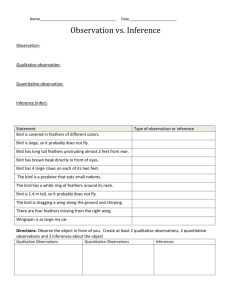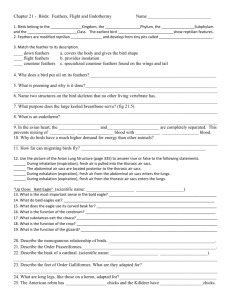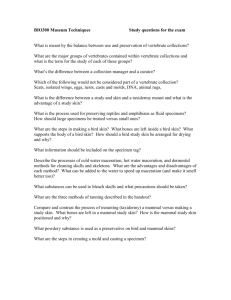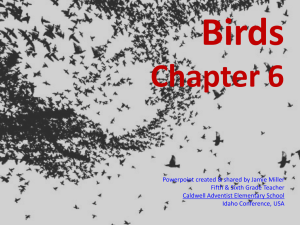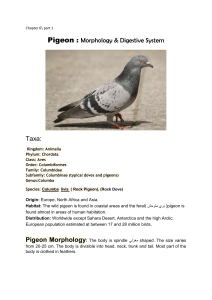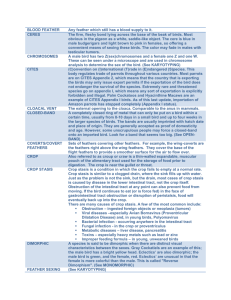Media Release
advertisement
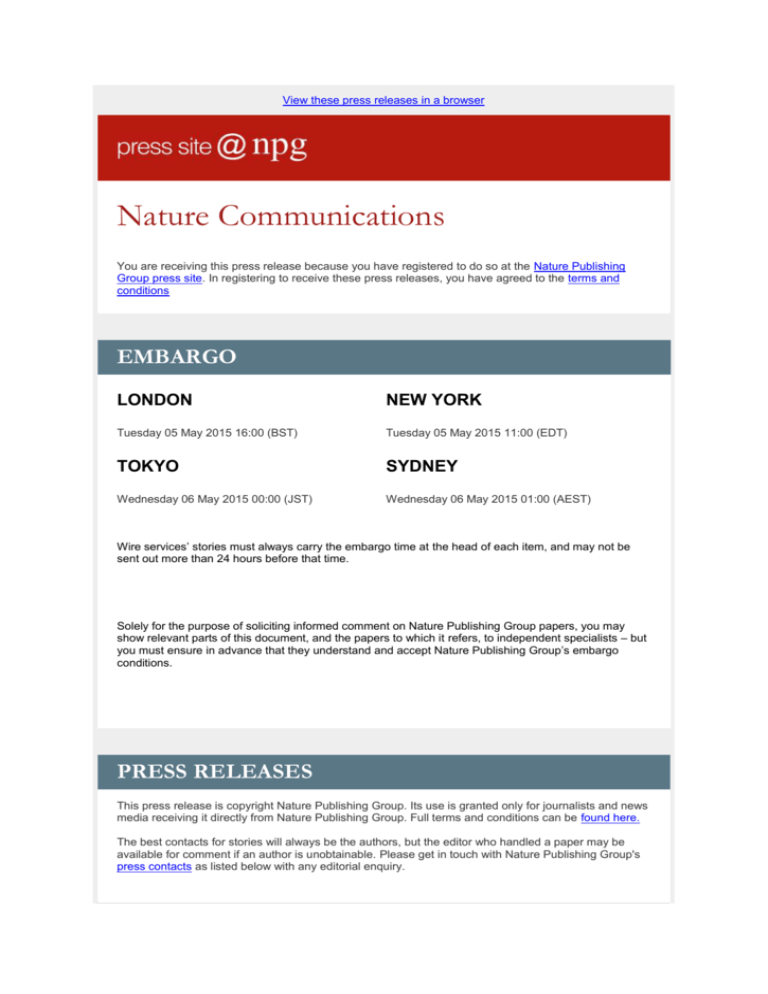
View these press releases in a browser Nature Communications You are receiving this press release because you have registered to do so at the Nature Publishing Group press site. In registering to receive these press releases, you have agreed to the terms and conditions EMBARGO LONDON NEW YORK Tuesday 05 May 2015 16:00 (BST) Tuesday 05 May 2015 11:00 (EDT) TOKYO SYDNEY Wednesday 06 May 2015 00:00 (JST) Wednesday 06 May 2015 01:00 (AEST) Wire services’ stories must always carry the embargo time at the head of each item, and may not be sent out more than 24 hours before that time. Solely for the purpose of soliciting informed comment on Nature Publishing Group papers, you may show relevant parts of this document, and the papers to which it refers, to independent specialists – but you must ensure in advance that they understand and accept Nature Publishing Group’s embargo conditions. PRESS RELEASES This press release is copyright Nature Publishing Group. Its use is granted only for journalists and news media receiving it directly from Nature Publishing Group. Full terms and conditions can be found here. The best contacts for stories will always be the authors, but the editor who handled a paper may be available for comment if an author is unobtainable. Please get in touch with Nature Publishing Group's press contacts as listed below with any editorial enquiry. We take great care not to hype the papers mentioned on our press releases. If you ever consider that a story has been hyped, please do not hesitate to contact us at press@nature.com, citing the specific example. NATURE COMMUNICATIONS [1] Fossils: The oldest known relative of living birds *IMAGES* Two well-preserved fossils collected from deposits in China push back the evolutionary record of modern birds by five to six million years, reports a study in Nature Communications. The specimens, named Archaeornithura meemannae, are the oldest known records of Ornithuromorpha, the same evolutionary branch that gave rise to all bird species currently living. Fossilised bird specimens from the Mesozoic era (252-66 million-years-ago) are rare, with little being known about the early evolutionary history of the ancestors of modern birds. Ornithuromorpha are thought to have represented around half the total diversity of bird species during the Mesozoic era. Other clades representing bird species during this time include the Enantiornithes, characterised by teeth and clawed wings. However, this group of birds are not thought to have left any living descendants, going extinct at the Cretaceous-Paleogene boundary approximately 66 million-years-ago. Min Wang and colleagues describe this new species, unearthed from the Sichakou basin in Hebei, northeastern China, as having a near-completely preserved plumage with anatomical features characteristic of an aerodynamic lifestyle and manoeuvrability during flight. The absence of feathers on the upper leg, or tibiotarsus, is also indicative of a wading lifestyle, consistent with other fossil bird species found in similar deposits. Stratigraphic and radiometric dating of the geological layers from which these fossils were extracted indicates these new specimens lived during the Early Cretaceous period 130.7 million years ago, predating the last known specimens of this branch from the Lower Cretaceous, 125 million years ago. ARTICLE DETAILS DOI: 10.1038/ncomms7987 Corresponding Author: Min Wang Chinese Academy of Science, Beijing, China Email: wangmin@sioc.ac.cn Please link to the article in online versions of your report (the URL will go live after the embargo ends): http://nature.com/articles/doi:10.1038/ncomms7987 Image captions: Image 1 A reconstruction of the oldest ornithuromorph, Archaeornithura meemannae, a specialized wading bird from the Early Cretaceous of China. Credit: Zongda Zhang) Image 2 Holotype of Archaeornithura meemannae. (a) Main slab; (b) counter slab. Credit: Wang et al., Nature Communications Image 3 Details of the anatomy of Archaeornithura meemannae: photographs (a) and line drawings (b) of of A. meemannae's wing; line drawings of hands of other bird ancestors (c); hands of A. meemannae (d); (e)(f) photographs of the feet of A. meemannae. Credit: Wang et al., Nature Communications Image 4 Plumage of Archaeornithura meemannae: (a) left wing; (b) right wing; (c) covert feathers over the skull and neck; (d) alular feathers on the left alular digit. Credit: Wang et al., Nature Communications

